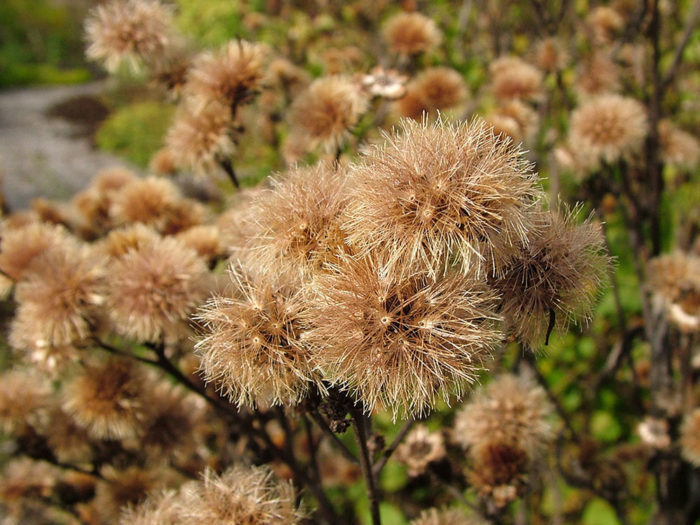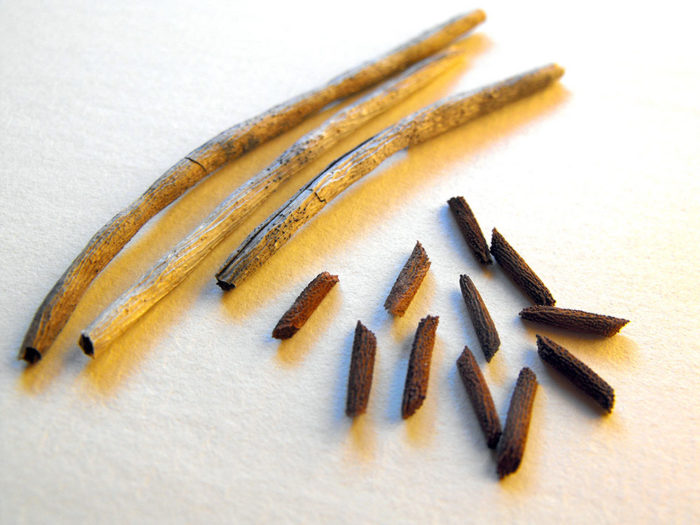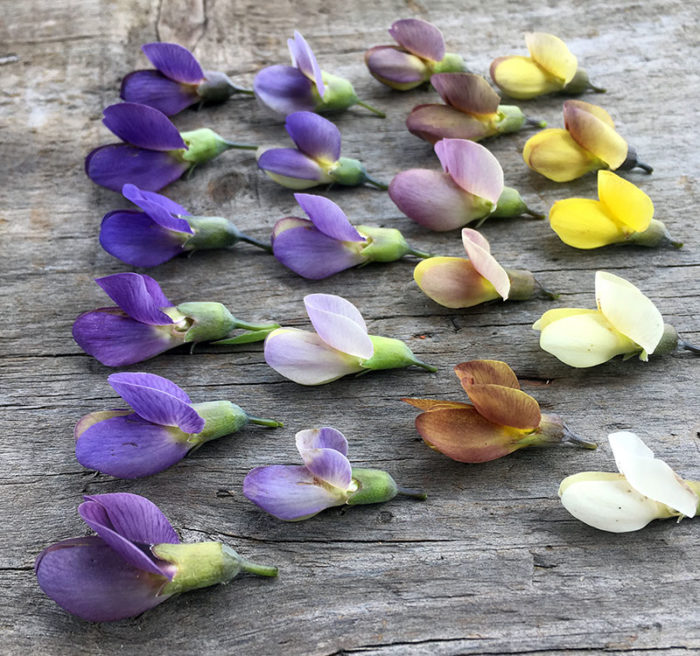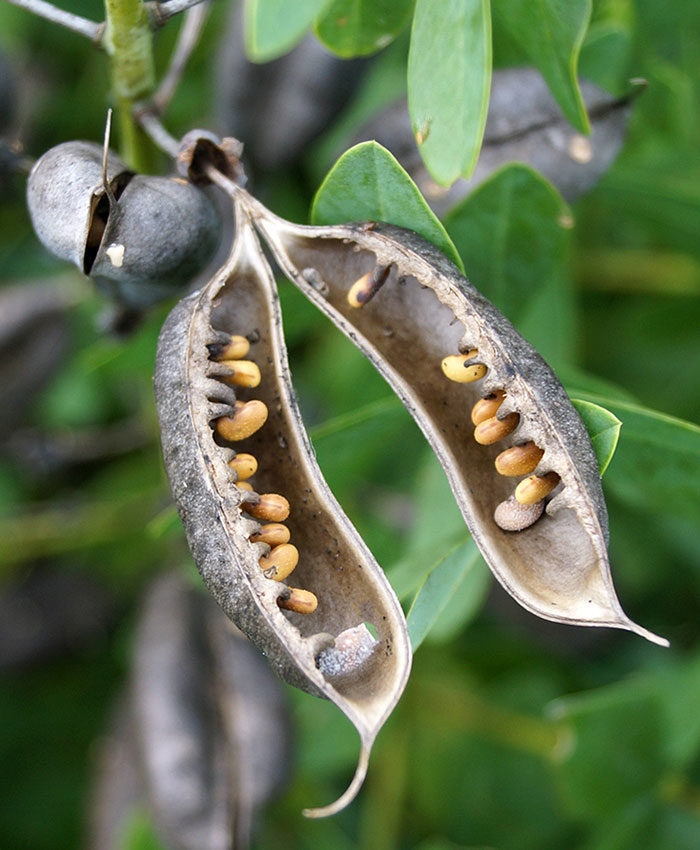
Though we’re definitely heading toward winter here in the Mid-Atlantic, November can bring some marvelously mild weather too. If you’re looking for a good excuse to get back out to the garden, consider taking this opportunity to collect some seeds from your favorite plants. It can yield big rewards for just a little effort.
Those of you who already have some experience in growing from seed know that it can get pricey to purchase new packets of everything you want each year. By saving seed from annuals and perennials you already have, you can save a good bit of money—or free up funds to try something different.

You’ll often hear that it’s not worth saving seeds from named cultivars or hybrids. That can be true if you’re looking for exact duplicates of the parent plants, but if you’re open to some variation in height, color, and other traits, seeds are a fine propagation option. You may find something even more exciting than the original among the offspring!

The actual collecting part is pretty simple. Wait until the weather has been dry for a few days and any morning dew is gone, then head out with your pruners, some paper bags or envelopes, and a pen or pencil.
Sometimes you can look at the plant and easily see the seeds—particularly on composite-type bloomers such as asters (Symphyotrichum spp. and cvs., Zones 3–9), coreopsis (Coreopsis spp. and cvs., Zones 3–9), and zinnias (Zinnia spp. and cvs., annual). In that case, you can just pick them off or shake the heads into the bag or envelope. On other plants, the seeds are enclosed in some sort of pod—as on plants like balloon flower (Platycodon grandifloras, Zones 3–8), bluestars (Amsonia spp. and cvs., Zones 3–9), and morning glories (Ipomoea spp. and cvs., annual).

Make sure you label and date each bag or envelope before moving on to the next type of seed. If the seeds were enclosed in some sort of pod or seed head, you can work on removing them soon after collecting them or wait until you are ready to use them. If you’re lucky, you may find that the seeds have come out on their own and collected in the bottom of the container. Otherwise, you’ll need to crumble the pod or seed head with your fingers, then carefully blow off the chaff or pour the whole mixture through a sieve to separate the seeds from the chaff.
Store the seeds in a dry place until you’re ready to sow and get growing. If you end up with more seeds than you need, consider dividing them into smaller packets; they’re a wonderful way to share the bounty of your beds and borders with other gardeners.
—Nancy J. Ondra is the author of over fifteen books, including Grasses, The Perennial Care Manual, and The Perennial Matchmaker.


















Comments
Log in or create an account to post a comment.
Sign up Log in